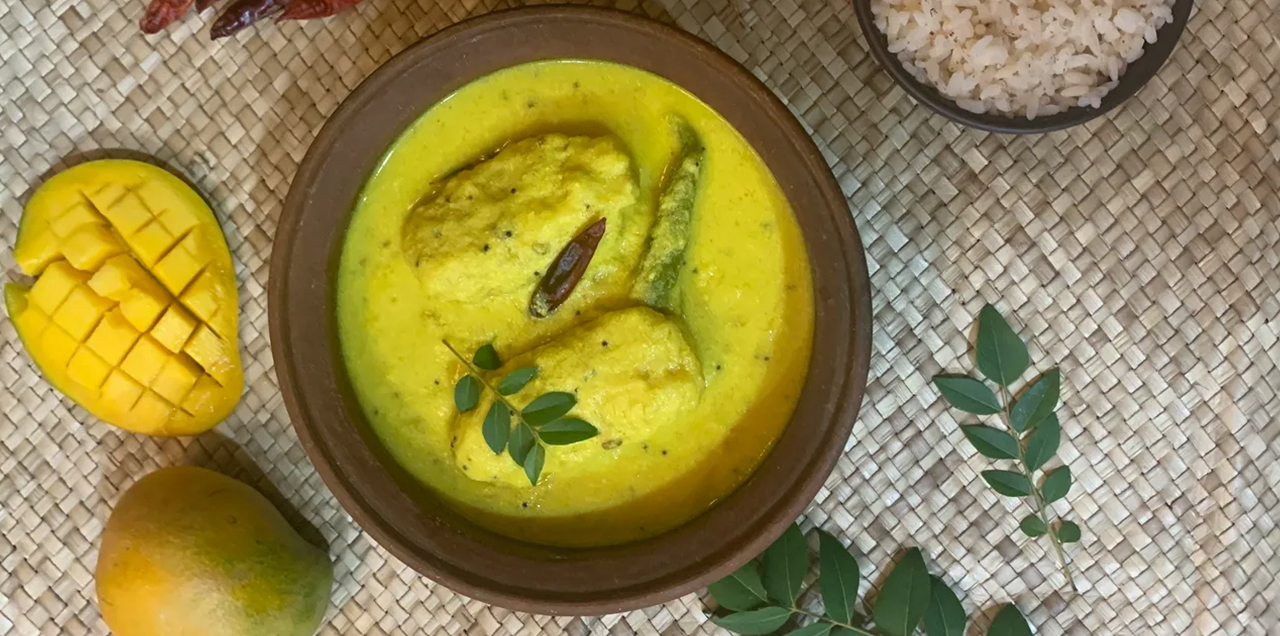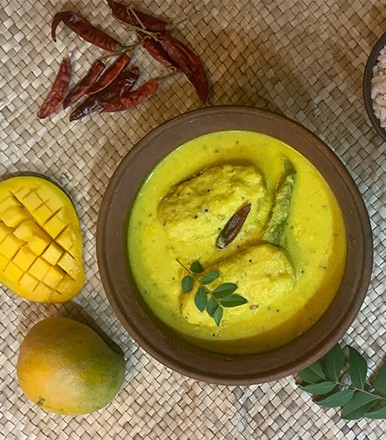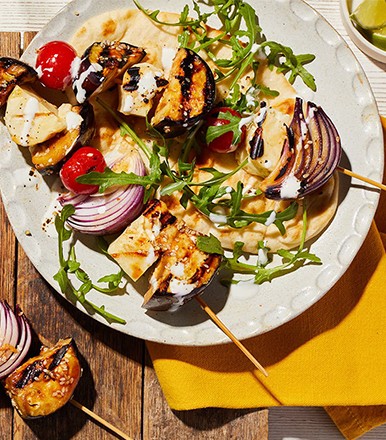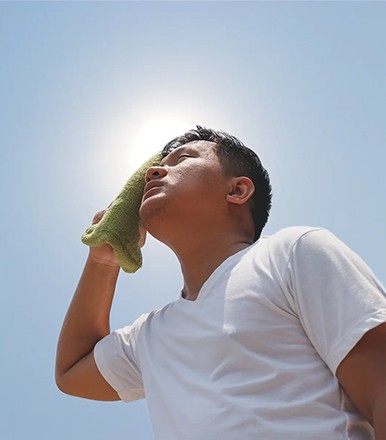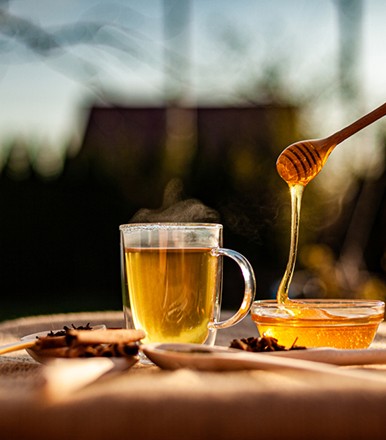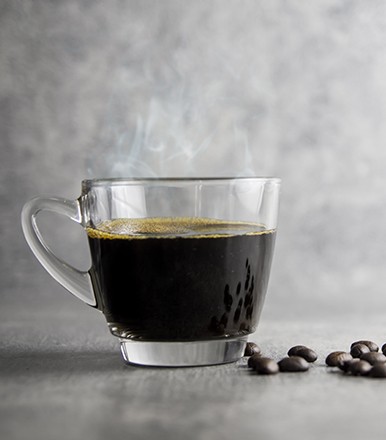India's relationship with mangoes spans thousands of years, earning this beloved fruit the national fruit designation. Known as the "King of Fruits," mangoes appear in ancient Sanskrit texts dating back to 4000 BCE. Indian cuisine utilizes mangoes across an astonishing spectrum of dishes—from cooling beverages to savory preparations and decadent desserts. Summer brings abundant mango varieties across Indian markets, each with distinct flavor profiles and culinary applications. Beyond their irresistible taste, mangoes deliver substantial nutritional benefits, containing vitamin C, vitamin A, fiber, and antioxidants. These nutrients support immune function, promote digestion, and contribute to skin health. While many associate tropical fruits exclusively with sweet dishes, traditional Indian cuisine demonstrates remarkable versatility with mangoes, similar to approaches seen in healthy summer vegetable salad recipes. This article explores seven authentic Indian mango preparations that transform this seasonal treasure into nutritious, satisfying summer delights.
1. Aam Panna
Aam Panna represents one of India's most effective traditional heat remedies, originating in northern regions where temperatures regularly exceed 100°F. This raw mango concentrate contains compounds that prevent heat exhaustion and sunstroke.
Key ingredients:
Raw green mangoes (unripe)
Mint leaves
Cumin powder
Black salt (kala namak)
Jaggery or brown sugar
Preparation method:
Pressure cook or roast green mangoes until soft
Extract pulp, discarding skins and seeds
Combine pulp with mint paste, jaggery, cumin, and black salt
Blend ingredients thoroughly, adding water to achieve concentrate consistency
Store concentrate refrigerated; dilute with cold water before serving
This tangy-sweet concentrate delivers electrolytes depleted through perspiration. The combination of raw mango, mint, and cumin creates a cooling effect according to Ayurvedic principles. Unlike commercial sports drinks, Aam Panna contains no artificial additives or excessive sugars. Some regions incorporate additional cooling ingredients like fennel seeds or cardamom, enhancing both flavor complexity and heat-reducing properties.
2. Mango Lassi
Mango Lassi represents the perfect alternative to synthetic milkshakes, providing protein, probiotics, and natural sweetness. Northern Indian restaurants traditionally serve this yogurt-based beverage alongside spicy dishes.
Key ingredients:
Ripe Alfonso or Kesar mangoes
Plain yogurt (preferably homemade)
Cardamom powder
Saffron strands (optional)
Honey or jaggery (optional)
Preparation method:
Select fully ripened mangoes with intense aroma
Extract mango pulp, ensuring complete seed fiber removal
Whisk yogurt until completely smooth
Combine yogurt and mango pulp (2:1 ratio)
Add minimal sweetener if necessary; traditional recipes often omit added sweeteners
Incorporate crushed cardamom and saffron
Blend briefly, maintaining some texture
Chill thoroughly before serving
Nutritionally, Mango Lassi delivers probiotics from yogurt cultures, supporting digestive health. The combination provides complete proteins alongside natural fruit sugars, creating sustained energy release rather than blood sugar spikes. Adding this preparation to summer salad ideas creates satisfying meal combinations that address both hydration and nutritional needs during intense heat.
3. Mango Chaat
Mango Chaat exemplifies India's approach to balancing flavors and nutritional elements. This savory preparation uses slightly underripe mangoes, creating refreshing alternatives to conventional summer salad recipes.
Key ingredients:
Semi-ripe mangoes (firm texture with developing sweetness)
Chaat masala (spice blend containing amchoor, cumin, black salt)
Fresh coriander leaves
Red onion, finely diced
Green chilies (optional)
Lime juice
Black salt
Preparation method:
Select mangoes with yellow-green skin and firm flesh
Dice mangoes into uniform cubes, preserving juice
Combine with finely diced red onions (proportion varies by region)
Incorporate chopped coriander and minimal green chilies
Season with chaat masala, focusing on even distribution
Finish with lime juice and black salt
Serve immediately to preserve textural contrast
This preparation delivers fiber, digestive spices, and moderate fruit sugars without excessive calories. The combination of spices aids digestion while providing distinctive flavor complexity. Regional variations incorporate additional elements like cucumbers, pomegranate seeds, or roasted cumin, creating diverse texture profiles. Nutritionally, Mango Chaat provides substantial vitamin C, supporting collagen production and immune function during summer months when cold viruses remain prevalent despite warm temperatures.
4. Mango Shrikhand
Mango Shrikhand transforms simple ingredients into an elegant dessert with remarkable nutritional properties. Western Indian cuisine features this preparation prominently during mango season celebrations.
Key ingredients:
Ripe Alphonso or Kesar mangoes
Strained yogurt (chakka)
Saffron strands
Cardamom powder
Nutmeg (minimal amount)
Pistachios for garnish
Preparation method:
Strain yogurt through muslin cloth for 6-8 hours, removing whey
Extract pulp from fully ripened mangoes
Combine strained yogurt with mango pulp (3:2 ratio)
Incorporate bloomed saffron threads and ground cardamom
Add minimal nutmeg for complexity
Chill preparation thoroughly before serving
Garnish with chopped pistachios
Nutritionally, Mango Shrikhand delivers concentrated protein from strained yogurt alongside prebiotic fiber from mango. The fermentation process makes proteins more bioavailable while reducing lactose content. Unlike western desserts relying on excessive fat and refined sugar, Shrikhand derives sweetness primarily from fruit sugars. This preparation complements summer fruit salad combinations, creating balanced dessert options that satisfy sweet cravings without compromising nutritional objectives.
5. Mango Rice
Mango Rice showcases South Indian ingenuity in combining fruit with staple grains. This preparation transforms leftover rice into vibrant meals suited for intense summer temperatures.
Key ingredients:
Firm ripe mangoes
Cooked and cooled rice
Mustard seeds
Curry leaves
Urad dal (split black gram)
Chana dal (split chickpeas)
Dried red chilies
Turmeric powder
Fresh grated coconut
Preparation method:
Select mangoes with firm texture and developed sweetness
Prepare tempering (tadka) with mustard seeds, dals, and curry leaves
Incorporate turmeric and minimal chili
Fold in diced mangoes, allowing brief cooking to soften
Combine with cooked, cooled rice
Finish with fresh coconut and coriander
Serve at room temperature rather than hot
This preparation delivers complex carbohydrates alongside fiber and natural fruit sugars. The tempering process releases fat-soluble compounds from spices, enhancing both flavor and nutritional availability. Cooling the rice before preparation creates resistant starch, improving digestive benefits and reducing blood sugar impact. Regional variations incorporate additional vegetables like cucumber or bell peppers, creating complete one-dish meals similar to comprehensive healthy summer vegetable salad recipes in western cuisine.
6. Mango Kulfi
Mango Kulfi represents India's traditional frozen dessert approach, predating modern ice cream by centuries. This dense, slow-melting preparation uses no artificial stabilizers or emulsifiers.
Key ingredients:
Ripe mangoes (preferably Chausa or Dasheri varieties)
Full-fat milk
Condensed milk (historically made through reduction)
Cardamom powder
Saffron strands
Chopped pistachios and almonds
Preparation method:
Reduce milk through slow simmering, concentrating proteins and fat
Extract mango pulp, ensuring seed fiber removal
Combine reduced milk with measured condensed milk
Incorporate mango pulp gradually while maintaining temperature
Add bloomed saffron and cardamom
Fold in chopped nuts
Transfer to traditional conical molds
Freeze without agitation for 6-8 hours
Unlike commercial ice creams using artificial stabilizers, Kulfi achieves its dense texture through milk reduction. This concentrates milk proteins and naturally occurring calcium. The absence of air incorporation (compared to churned ice cream) creates slower melting properties ideal for intense heat. Adding this preparation alongside summer fruit salad creates sophisticated dessert combinations suitable for entertaining. The natural mango antioxidants help prevent oxidative stress associated with intense summer heat exposure.
7. Mango Smoothie Bowl
Mango Smoothie Bowls represent contemporary adaptations of traditional ingredients, influenced by global wellness trends while maintaining authentic flavor profiles. These preparations create substantial breakfasts or post-exercise recovery meals.
Key ingredients:
Frozen ripe mango chunks
Greek yogurt
Minimal honey or dates for sweetening
Cardamom powder
Toppings: sliced fresh mangoes, pomegranate arils, toasted coconut flakes, mixed seeds
Preparation method:
Freeze ripe mango chunks overnight
Blend frozen mango with Greek yogurt until reaching thick consistency
Incorporate minimal sweetener only if necessary
Transfer to serving bowl, creating sufficient thickness to support toppings
Arrange toppings in organized sections rather than mixing
Serve immediately before texture changes
This preparation delivers substantial protein from Greek yogurt alongside the fiber and nutrients from mango. The combination provides sustained energy release and digestive benefits. Adding various toppings creates textural interest while boosting nutritional diversity. Unlike many summer salad ideas focusing exclusively on vegetables, this approach incorporates fruit servings alongside protein sources. This preparation works effectively for breakfast or post-workout recovery when the body requires both carbohydrates and proteins for muscle repair.
Conclusion:
These traditional Indian mango preparations demonstrate remarkable culinary versatility beyond conventional western approaches to summer fruit. Each recipe balances flavor with significant nutritional benefits, addressing summer-specific physiological needs. From the electrolyte-rich Aam Panna to protein-packed Mango Lassi and the complex carbohydrates of Mango Rice, these preparations showcase intelligent ingredient combinations refined through centuries of cultural wisdom. Unlike heavily processed summer treats, these authentic recipes deliver substantial nutrients alongside their refreshing qualities.
Check out Hello Fitness Magazine. There is never a wrong time to go on a fitness quest. Contact us and allow us to assist you in leading a better lifestyle. Follow us on Instagram. We share the best Health & Fitness related Articles for information based on healthy eating, health and fitness recommendations, health problems and their solutions, human body fitness, and much more.




